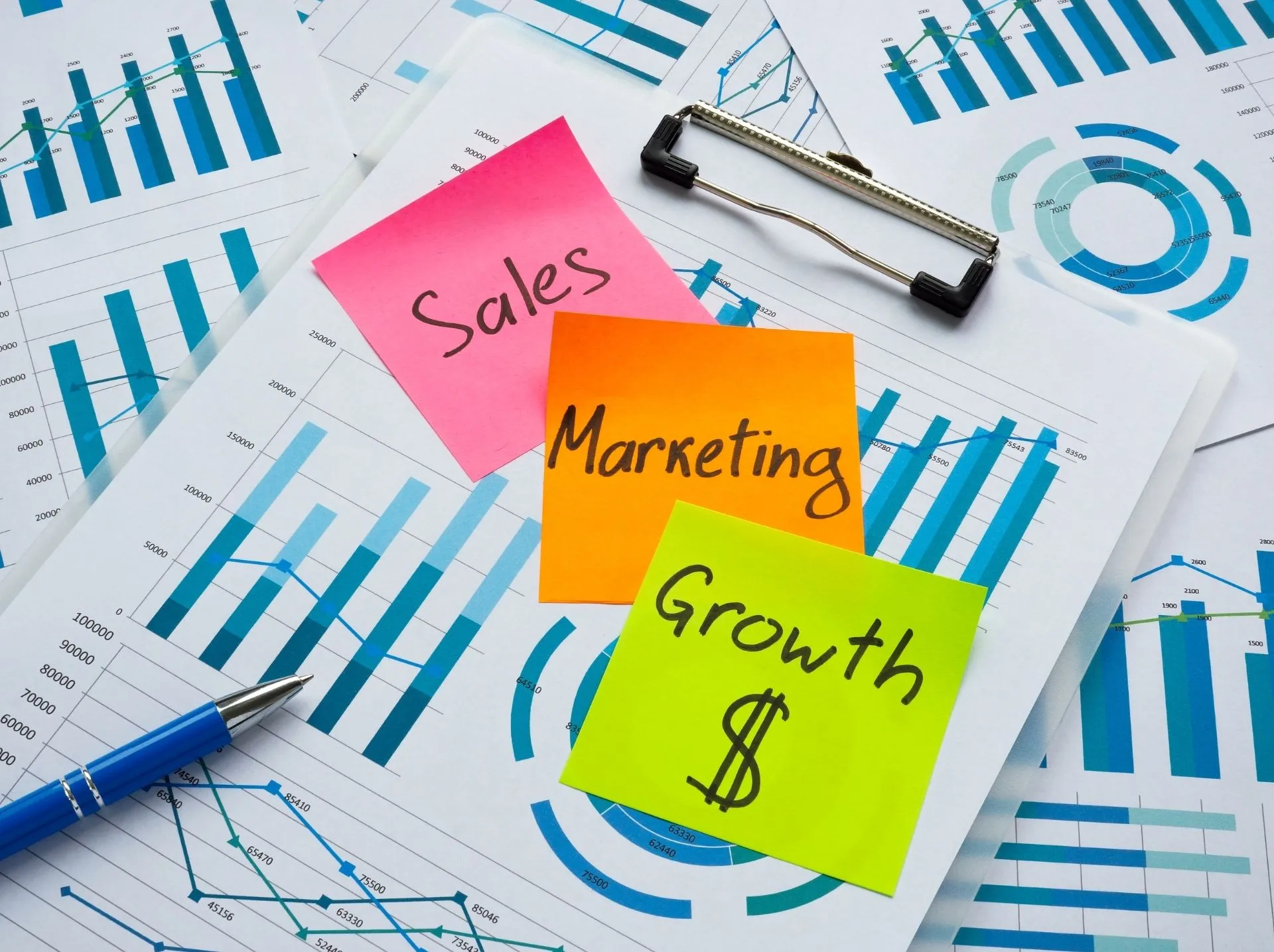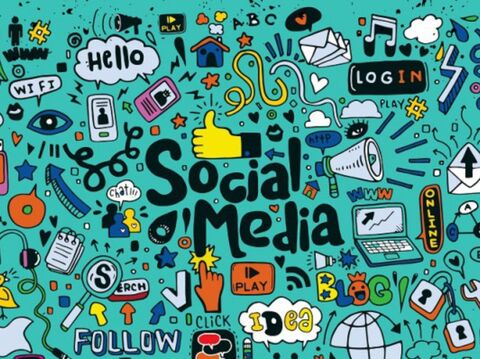Understanding the Basics of Funnel Marketing Automation

Imagine running a business where every lead you attract moves smoothly through your funnel until they become loyal customers. This is what funnel marketing automation can do for you.
It saves time, reduces manual work, and ensures your customers receive the right message at the right time. But how does it all work? And what can it do for your business?
This blog will highlight funnel marketing automation and its benefits and stages.
What is Funnel Marketing Automation?
Funnel marketing automation is the use of tools and software to automate different steps in the marketing funnel. It helps guide potential customers from their first interaction with your brand to the final sale and even beyond.
To better understand how it works, let’s break down some of the main tasks it handles. These tasks save time and allow your team to focus on bigger projects:
Sending Personalised Emails
Automation allows you to send emails that feel tailored to each lead. These emails can address the recipient by name, mention their interests, or share products they might like. This personal touch keeps your business top of mind without much manual effort.
Following Up with Leads
Automated systems ensure that no lead is left hanging. Whether someone has shown interest in your brand or abandoned their cart, follow-up messages are sent at the right time to re-engage them. This process runs smoothly without needing constant supervision.
Nurturing Relationships
Automation helps maintain a connection with leads over time. Regular emails or messages are sent to nurture these relationships, keeping your brand visible. This ongoing contact builds trust and ensures that leads think of you when they’re ready to buy.
Tracking and Analytics
Automation tools track how leads move through the funnel. You can see which stages are working well and which need improvement.
Primary Benefits of Funnel Marketing Automation
Automating your marketing funnel offers a range of valuable benefits. These advantages make it easier for businesses to run their marketing efforts more smoothly:
Saves Time
Automation platforms do tasks that would usually take hours in just minutes. For example, sending hundreds of emails is done automatically.
This frees up your team to focus on more important things.
Improves Targeting
Automation tracks what your customers are interested in. It then sends them creative content based on their behaviour. If someone looks at a product, automation can send them an email about that product. This makes your messages more relevant.
Increases Conversion Rates
Automation helps you stay in touch with leads. It sends reminders, special offers, and follow-ups automatically. This keeps leads interested and makes them more likely to buy.
Reduces Human Error
Automated systems don’t forget tasks or make mistakes. They send follow-ups and reminders on time, every time. This reduces errors and keeps your funnel working smoothly.
6 Stages of a Marketing Funnel
Understanding the marketing funnel stages is essential for using automation well. Each stage requires different actions to guide potential customers smoothly through the funnel.
Let’s break down the stages and see how automation can help:
1. Awareness
At this stage, people are just learning about your business. You need to grab their attention with educational content.
Automation can help by sending welcome emails, blog posts, or videos that explain what you do. These automatic messages build interest and inform leads without any manual work.
2. Interest
Once people know about your business, they start showing interest. They might subscribe to your newsletter or follow you on social media.
Here, automation tools can track their behaviour and send more specific content based on their actions. For example, if they click on a product link, automation can send more information about that product. This helps to keep them engaged.
3. Consideration
In this stage, leads are comparing your product with others. They’re deciding if what you offer fits their needs.
Automation can help by sending helpful content, like comparison guides or testimonials, to show why your product stands out. This makes it easier for potential customers to choose your offer over others.
4. Intent
Here, customers are close to making a purchase. They might have added items to their cart but haven’t checked out yet.
Automated reminders or special discounts can nudge them towards buying. These small prompts encourage action at the right time, increasing the chances of a sale.
5. Purchase
This is when the lead becomes a paying customer.
Automation can handle the entire transaction smoothly. It sends a confirmation email, thanks the customer for their purchase, and provides any necessary details. This makes the buying process seamless and professional.
6. Post-Purchase
After the sale, it’s important to keep the relationship going.
Automation can help by sending follow-up emails, asking for feedback, or suggesting other products. These messages show that you care about the customer, making them more likely to return in the future.
How Funnel Marketing Automation Enhances Targeting
Marketing automation makes it easier to target the right people. It helps you reach specific groups with the right message at the right time.
Here’s how automation improves targeting:
Segmentation
Automation tools group your audience based on things like age, location, or what they’ve bought before. This way, you can send messages that fit each group better.
For example, if someone has bought shoes, you can send them offers on shoes or related products. This keeps your marketing focused and relevant.
Personalisation
Automation makes your messages feel personal. It can include the person’s name or recommend products they might like.
For example, if someone has looked at watches on your site, you can send them an email with offers on watches. This helps people feel like the message is made just for them.
Dynamic Content
Automation changes the content of email marketing or web pages based on what people are interested in. If someone clicks on certain products, the next email they get can show those products. This makes your content more useful and personal, leading to better results.
By making messages more relevant and timely, automation increases the likelihood of conversions, leading to a more successful brand funnel.
Improving Conversion Rates with Funnel Marketing Automation
Automation plays a key role in improving conversion rates. It keeps customers engaged and moving forward through the funnel.
Let’s explore a few ways automation can boost conversion rates:
Timely Follow-Ups
Automated follow-ups happen right after a lead shows interest. For example, if someone fills out a form or clicks on a product, they receive a follow-up email within minutes.
This quick response keeps the conversation going and ensures that potential customers stay engaged. It also reminds them of your brand, making them more likely to convert.
Special Offers
Automation can send special offers when customers are close to buying but haven’t taken the final step.
For instance, if a customer adds an item to their cart but doesn’t complete the purchase, an automated email offering a discount or free shipping can be triggered. This little push often convinces them to complete the purchase, leading to a higher conversion rate.
When automation supports the customer journey at each marketing funnel stage, businesses can improve their overall conversion rates.
Examples of Effective Funnel Automation Strategies
Automation can make your funnel more efficient and help you engage leads better. By using the right strategies, businesses can guide leads towards making a purchase:
1. Drip Campaigns
Drip campaigns are like little reminders that keep people interested in your brand. If someone downloads a free guide, they’ll get a series of friendly emails over the next few weeks.
These emails offer helpful tips, answer common questions, and gently remind them about your product, moving them closer to buying—without bombarding them with too much at once.
2. Abandoned Cart Recovery
When someone leaves items in their cart and doesn’t check out, automation steps in to help. After 24 hours, they get a quick reminder about what they left behind.
Sometimes, a small nudge like a discount or free shipping is all it takes to turn that forgotten cart into a sale.
3. Loyalty Programs
Automated loyalty programs give your customers a reason to keep coming back. Every time they make a purchase, automation tracks it and rewards them with points or special discounts.
For example, after five purchases, they might get 10% off their next order. It’s a simple way to show appreciation and keep them loyal to your brand.
Wrapping Up
Funnel marketing automation simplifies the entire process of guiding leads through the marketing funnel stages. From attracting new prospects to converting them into loyal customers, automation tools handle the heavy lifting.
By using strategies like drip campaigns and abandoned cart recovery, businesses can enhance their funnel strategy and improve their results.
Let’s work together to take your business to the next level. Connect with GrowthJockey, and let’s start growing your success today!
FAQs
1. How does funnel marketing automation help with upselling?
Funnel marketing automation helps upsell by tracking what customers buy. After a purchase, it can automatically suggest related or upgraded products. This keeps customers engaged and boosts sales.
2. How does funnel marketing automation gather customer feedback?
Automation makes gathering feedback easy. After a purchase, it can automatically send emails asking for reviews or surveys. This helps improve your funnel strategy and customer experience without extra work.
3. How does funnel marketing automation improve lead segmentation?
Funnel marketing automation improves lead segmentation by tracking what people do, like clicks or downloads. It then groups leads based on their actions, sending them more relevant content.








